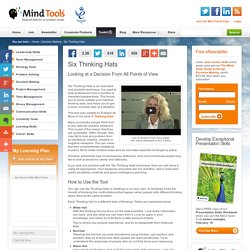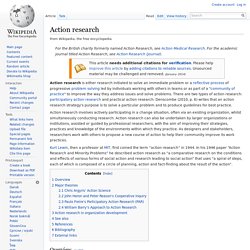

Design Thinking Is A Failed Experiment. So What's Next? The decade of Design Thinking is ending and I, for one, am moving on to another conceptual framework: Creative Intelligence, or CQ.

I am writing a book about Creative Intelligence, due out from HarperCollins in fall 2012, and I hope to have a conversation with the Fast Company audience on this blog about how we should teach, measure, and use CQ. Why am I, who at Business Week was one of Design Thinking's major advocates, moving on to a new conceptual framework? Simple. Design Thinking has given the design profession and society at large all the benefits it has to offer and is beginning to ossify and actually do harm. Helen Walters, my wonderful colleague at Business Week, lays out many of the pros and cons of Design Thinking in her post on her blog.
Design consultancies hoped that a process trick would produce change. I would add that the construction and framing of Design Thinking itself has become a key issue. There were many successes, but far too many more failures in this endeavor. Six Thinking Hats - Decision-Making Skills Training from MindTools. Looking at a Decision From All Points of View Look at decisions from many angles, with James Manktelow & Amy Carlson. 'Six Thinking Hats' is an important and powerful technique.

It is used to look at decisions from a number of important perspectives. This forces you to move outside your habitual thinking style, and helps you to get a more rounded view of a situation. This tool was created by Edward de Bono in his book '6 Thinking Hats'. Many successful people think from a very rational, positive viewpoint. Similarly, pessimists may be excessively defensive, and more emotional people may fail to look at decisions calmly and rationally. If you look at a problem with the 'Six Thinking Hats' technique, then you will solve it using all approaches. How to Use the Tool You can use Six Thinking Hats in meetings or on your own. Each 'Thinking Hat' is a different style of thinking. White Hat: With this thinking hat you focus on the data available. Example Key Points. How to Think 'Outside of the Box'
Action research. Action research is either research initiated to solve an immediate problem or a reflective process of progressive problem solving led by individuals working with others in teams or as part of a "community of practice" to improve the way they address issues and solve problems.

There are two types of action research: participatory action research and practical action research. Denscombe (2010, p. 6) writes that an action research strategy's purpose is to solve a particular problem and to produce guidelines for best practice. Action research involves actively participating in a change situation, often via an existing organization, whilst simultaneously conducting research. Action research can also be undertaken by larger organizations or institutions, assisted or guided by professional researchers, with the aim of improving their strategies, practices and knowledge of the environments within which they practice. Overview[edit] Major theories[edit] Chris Argyris' Action Science[edit] Dr.